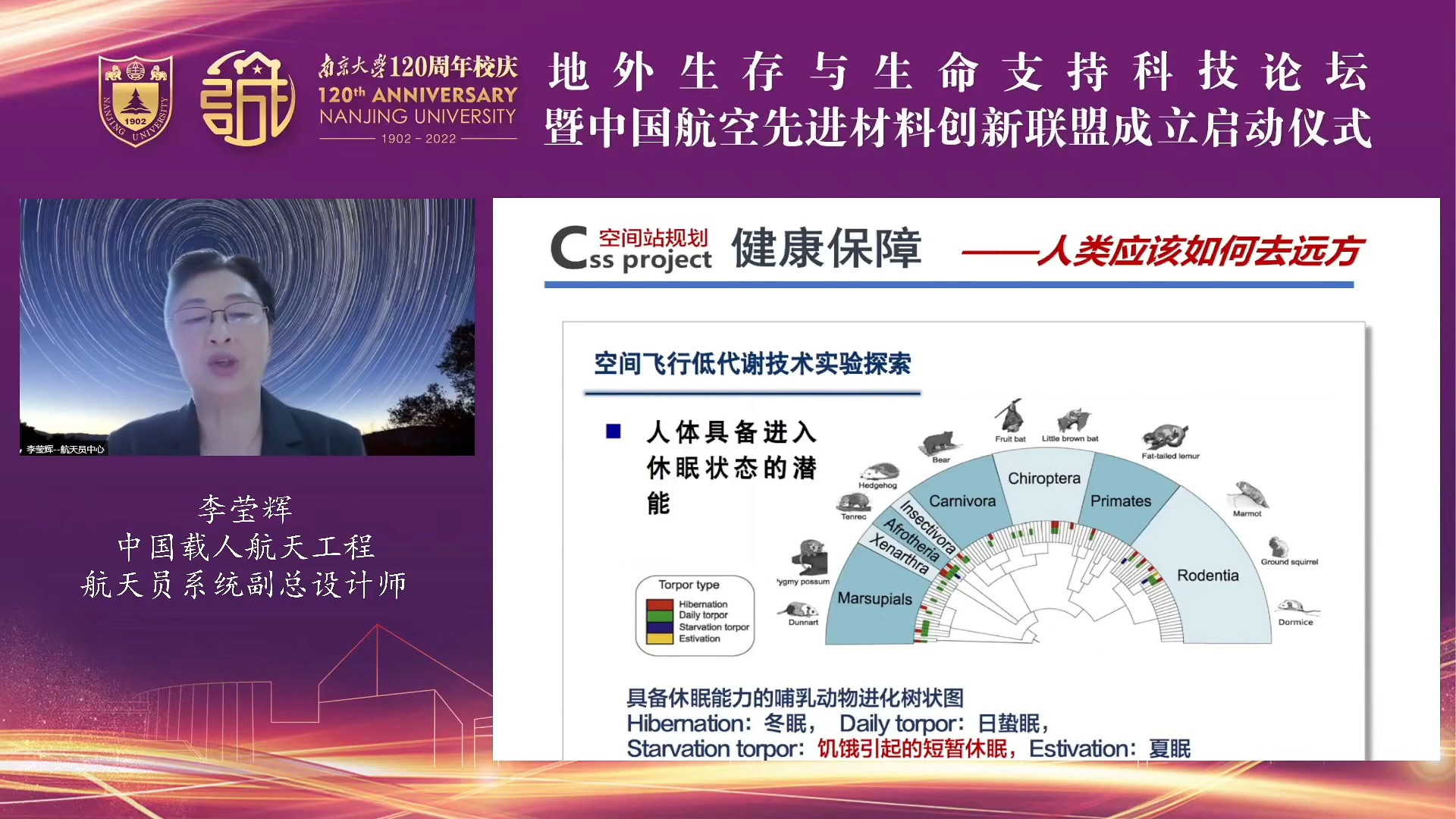Sun Zezhou, Chief Designer of Wentian Mars Explorer and ChangE -3/-4 series Lunar Explorer, held a lecture at an Extraterrestrial Living and Life Supporting Technologies Forum which was part of the 120th Anniversary Ceremony of Nanjing University.
Doctor Sun demonstrated the upcoming Mars Surface Sampling and Returning Plan of China in the lecture.

The MSSRP is scheduled to run during May 2028(Plan Mars Spring) or November 2028(Plan Mars Fall) to July 2031.
The Mars Lander-Ascender Complex will be launched, as Plan Fall, in December 2028, and descend onto Mars surface in September 2029, or as Plan Spring, launched in May 2028 and descend in April 2030 onto the Mars.
Then the Complex will release the Rover. The Rover will explore the Mars like the Tinwen Mars Rover and take Martian soil and rock samples back to the Ascender module.
The Mars Orbiter-Returner Complex will be launched in November 2028 and inject to the LMO in May 2030.
The Ascender will then be launched from the Mars surface in May or June 2030, as Plan Fall, or in October 2030, as Plan Spring. Then the Ascender will meet and dock to the Orbiter-Returner complex and handover the samples to the Returner module.
Then the Mars Orbiter-Returner Complex depart and the Returner go back to the Earth and reentry in July 2031 while the Orbiter stayed as a telecom relay and Mars surveillance satellite for the future Mars exploration.

The explorer is formed by two separate parts: the Mars Orbiter-Returner Complex
, and the Mars Lander-Ascender Complex.
The Mars Orbiter-Returner Complex has two parts: a Mars Orbiter and a Returner to Earth.
The Mars Lander-Ascender Complex has three pars: a Lander, a Mars Rover, and an Ascender.
Both complexes will be launched by one CZ series rocket(CZ-5 as for planned now).

A full flowchart of the plan.

Challenge 1: Autonomous rendezvous and docking at the Mars orbit without GPS and other measurement support.

Challenge 2: Sampling on the Mars surface. There will be surface soil sampling, drilling sampling and multi-point mobile sampling for the job. Small dog-shaped robot will be released to take samples.

Challenge 3: Ascending from the Mars. A 4.5km/h delta-v will be needed to ascend from the Mars surface. And lacking of the Martian atmospheric data will also be a great challenge.























